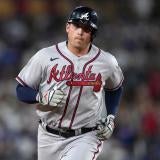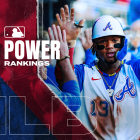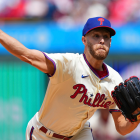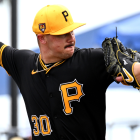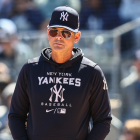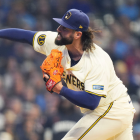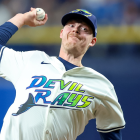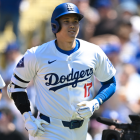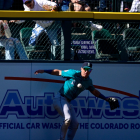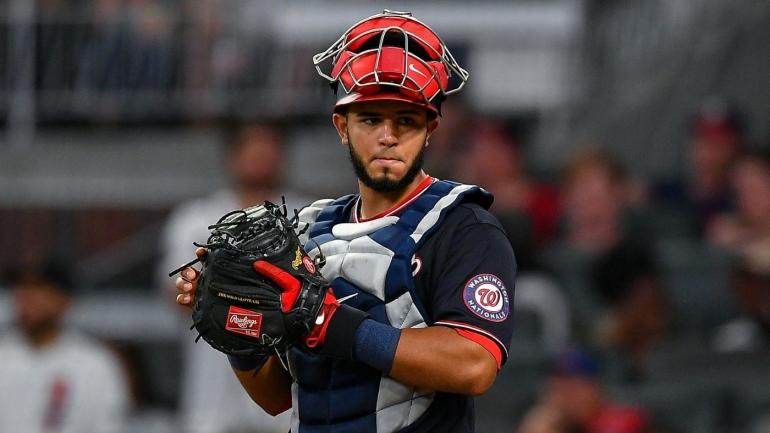
Major League Baseball's owners may have locked out the players, triggering the league's first work stoppage since 1994-95 and bringing the offseason to a halt, but that doesn't mean we're letting it derail our typical offseason plans. Indeed, CBS Sports is in the process of highlighting the top three prospects for all 30 teams, as well as naming the top 50 prospects in the minors, regardless of team affiliation.
That journey finds us today focusing on the Washington Nationals' farm system.
Do note that these lists are formed after conversations with scouts, analysts, and player development folks from around the league. There is personal bias baked in, as one would expect from subjective exercises, so some disagreement is to be expected.
Now, onto the gasbaggery.
1. Keibert Ruiz, C
The Nationals acquired the switch-hitting Ruiz from the Dodgers as part of the payout on Max Scherzer. Ruiz had, throughout his development, been known for an extreme contact-over-power offensive profile; that seemed to change in 2021, as he lifted the ball more in the minors en route to a career-high 21 home runs. Ruiz's tweaks didn't translate to the majors (in a small sample), but his power playing closer to average would represent a game-changing development for him given his bat-to-ball skills. Ruiz is adequate behind the dish, which makes him a starting-caliber catcher regardless; if the power sticks, he could become a first-division starter.
Cade Cavalli (Nationals #1 prospect / MLB #99 per @MLBPipeline)
— David Adler (@_dadler) March 4, 2021
89.3 mph changeup
89.5 mph changeup
98.3 mph fastball
3 straight whiffs for the K 🔥 pic.twitter.com/YvgcL8qbM2
2. Cade Cavalli, RHP
Cavalli, whose injury and control woes at Oklahoma caused him to slip to the 22nd pick in 2020, made it all the way to Triple-A in his first professional season. His results may have been a mixed bag (he had a 3.36 ERA and a 2.92 strikeout-to-walk ratio overall; his marks in six Triple-A starts were 7.30 and 1.85), but there's myriad reasons for optimism that he'll debut next season and turn into an above-average starter. Among them: Cavalli has the size, athleticism, and stuff (in addition to a big-time fastball, he has a pair of good breaking balls). Ultimately, those same old brickbats -- command and durability -- may dictate if he's more than a No. 3.
Brady House - 18 - homered.
— Washington Nationals (@Nationals) August 31, 2021
Again.@Brady_house7 // #NATITUDE pic.twitter.com/vCYVcEFuDC
3. Brady House, SS
House, the 11th pick in July's draft, remains a polarizing prospect in scouting circles. His size (he's listed at 6-foot-3) and his swing-and-miss tendencies elicit concerns about his future defensive home as well as his offensive utility. Even so, House is an intriguing prospect because of his near-elite raw power and the likelihood that he'll at least begin his big-league career at third base. The Nationals could end up getting one of the best values of the class if the aforementioned worries prove to be overstated.









